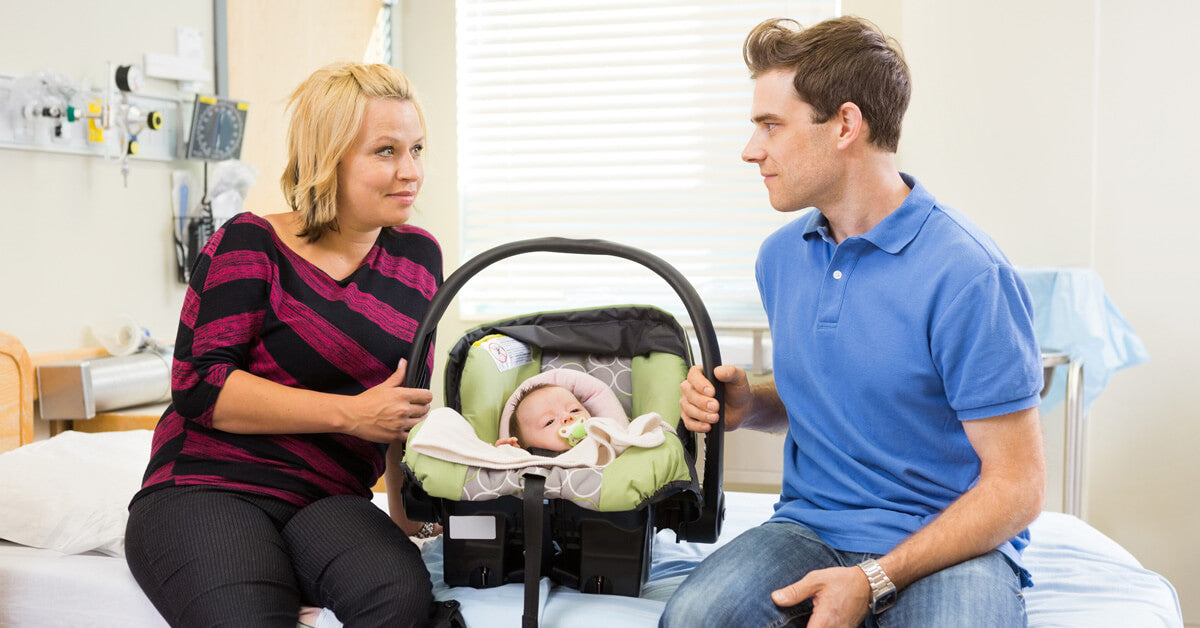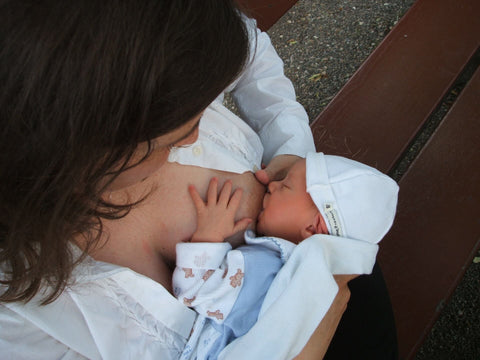
Postpartum Recovery Tips
Shifting from pregnancy to postpartum will bring about new experiences and challenges. Mothers deserve all the rest they can get since their bodies have been stretched and under stress for so long.
So you're finally done with childbirth and now have a healthy boy or girl. The next thing to do is slow down, rest, and prepare for postpartum recovery.
Shifting from pregnancy to postpartum will bring about new experiences and challenges. After a dizzying first week when you come home, you'll need a few tips on how to deal with this phase in your life.
How Long Do I Need to Recover?
The average length of time moms take for postpartum care is somewhere between 6 to 8 weeks. This applies to both normal and cesarean delivery. Mothers deserve all the rest they can get since their bodies have been stretched and under stress for so long.
Those who've had a vaginal birth may be wondering, 'how long until the soreness goes away?' More importantly, you may be worried about your perineum. The answer to this is pretty straightforward- you can look forward to healing in three weeks for non-tears, and six weeks or more for perineal tears or episiotomies. Perineal pain may depend on several factors, such as your push intensity and length. C-section moms may need to stay in the hospital for around 3 to 4 days. Afterward, it may take up to six weeks to get back to normal.
Keep in mind that every new mom will have her own experiences, and they will differ from person to person. The good news is that most of the bothersome symptoms should be reduced in a week. However, backaches, perineal pain, and sore nipples may continue for several weeks. Others may continue to suffer an achy back or leaky breasts until their children get a little older.
How to Speed Up the Postpartum Healing Process
Caring for Your Perineum
Put some ice on your perineal area every hour or so after a day has gone by. When peeing, have some warm water handy so you can spray before and after urinating to prevent irritating the torn skin.
Get some pain relief by doing a warm sitz bath several times daily. Sleep on your side and don't sit or stand up for long periods of time. Also, don't strain too much when doing a bowel movement so you won't aggravate your perineum tear or C-section scar.
Caring for Your Breasts
To soothe sore breasts you can try a combination of massage or ice packs and warm compress. A nursing bra and comfortable nursing pads can go a long way towards better comfort.
If you're breastfeeding, make sure to air them out after every session. Prevent cracked or rough nipples with a lanolin cream.
Caring for Your C-Section
Clean the incision with warm water and soap daily. Afterward, dry using a clean towel and apply an antibiotic ointment. You may want to consult with your doctor on whether to air out the wound or keep it covered.
Take things slow- no moderate or vigorous exercises or carrying heavy things until you get the green light from your doctor.
Belly binding is an indispensable tool in recovering from a C-section. KeaBabies 3-in-1 postpartum belly support recovery wrap works wonders in helping the body rebuild all that torn muscle and tissue and ensures the wound heals properly.
Easing Aches and Pains
Acetaminophen can help with body aches that come from pushing. You can also take a hot shower, apply a heated pad, or even a well-deserved massage.
While recuperating, be aware of signs such as high fever or excessive pain, which could mean there's an infection. You have the freedom to choose your method of relief, such as peri bottles, donut-shaped cushions, cold packs, and pain relievers, among others.
Get Lots of Restful Sleep
Sleep and recovery in postpartum are synonymous with each other. If possible, have someone take care of the cleaning and cooking, as well as babysit so you can take naps as needed.
Moms who breastfeed will certainly need more sleep, so assign someone to be the primary caregiver for your baby, e.g., cleaning, swaddling, and diaper changes.
To Exercise or Not to Exercise?
Moving about is not advisable for C-section moms, and those who've lived a high-intensity workout life pre-pregnancy shouldn't jump right in, either.
In this case, it may be best to speak with your doctor on how you can resume your physical routine. Oftentimes you'd be recommended to start by walking around the house, then the neighborhood and finally back to what you were doing before getting pregnant.
Exercise is good for you as it can help ease symptoms of postpartum depression, improve muscle tone and boost circulation. It also helps you get a semblance of your old life back.
Coping with Postpartum Depression
No matter what anyone says, postpartum depression is entirely natural. All those hormones, exhaustion, lack of sleep, and the challenge of having a baby can make anyone feel the blues.
The symptoms of postpartum depression can range from feeling worthless and hopeless to being sad and irritable. If this continues for two weeks then it's a good idea to speak to your doctor.
Join a Support Group
A support group can help ease just about everything in the postpartum stage. Social media and the internet have made connecting to moms easy and convenient.
We recommend The KeaCommunity Facebook group as your first step towards a caring community. Think of them as your friends and share with them the trials and joys of being a new mom.
 |
Meet Our KeaMommy Contributor: Avery K. When she isn’t looking after the many needs of her 2 kids, Avery enjoys taking walks in the park, enjoying nature, and getting her daily fix of caffeine. |

























































